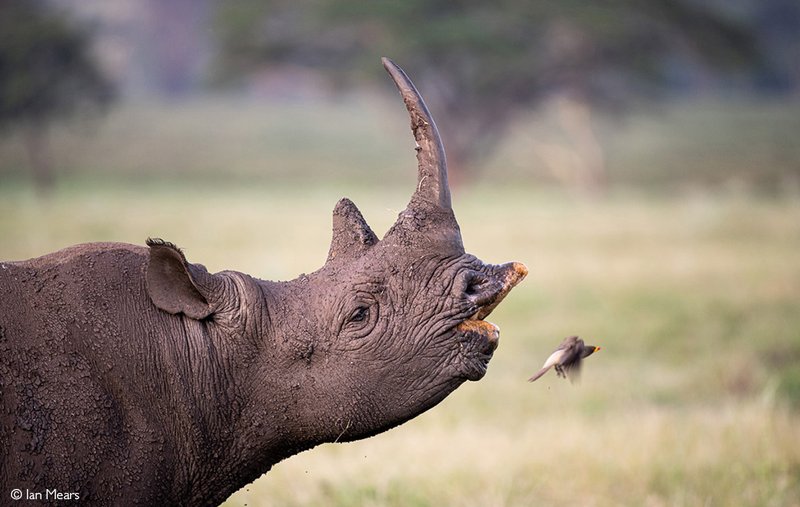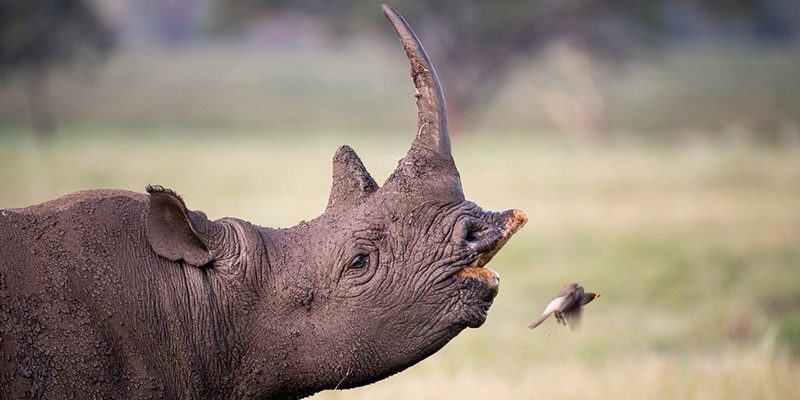
Let’s take a moment to sip our coffee and dive into the world of black rhinoceroses. Picture a mighty creature, strong and ancient, wandering the African savannah. Now, imagine the confusion that can arise when misinformation spreads faster than a wildfire. Understanding the realities of the black rhino helps us appreciate them more and sheds light on the importance of protecting their dwindling populations. Here’s the chance to clear the air on some common myths surrounding this incredible animal.
Myth 1: All Rhinos are the Same
You might think all rhinos are identical, but that’s a big misconception. The black rhinoceros is distinct in several ways. For starters, its body shape and size differ from that of the white rhinoceros. The black rhino is generally smaller, weighing between 1,000 to 1,400 pounds, while the white rhino can weigh up to 5,000 pounds. That’s like comparing a compact car to a full-size truck!
Furthermore, the black rhino has a more curved back and smaller, more pointed mouths compared to the broader, square-shaped mouths of white rhinos. This difference in mouth shape isn’t just about looks; it affects their feeding habits. Black rhinos tend to munch on bushes and trees, while white rhinos graze on grass. They each have their own niches in the ecosystem, and recognizing these differences is crucial for conservation.
Myth 2: Black Rhinos are Aggressive Creatures
Here’s the thing: while black rhinos do have a reputation for being aggressive, it’s essential to understand the context behind that behavior. Like many wild animals, they can be defensive, especially when threatened. If you stumble upon one in the wild, it might charge at you, but that’s not because they’re inherently aggressive. It’s more about them feeling cornered.
In reality, black rhinos are often solitary creatures. They prefer to spend their time alone or with their young, much like a person who enjoys quiet time away from social gatherings. They’re more likely to avoid confrontation than to seek it out. Understanding this helps us respect their space, ultimately leading to safer encounters in the wild.
Myth 3: Black Rhinos are Poached for Their Horns Alone
Let’s tackle a tough but important point: poaching. Many folks think black rhinos are primarily targeted just for their horns. While it’s true that their horns are highly sought after for traditional medicine and status symbols, the issue is much more complex. Poaching is just one piece of a larger puzzle that includes habitat loss and conflict with humans.
When you consider armed poachers entering protected areas, it’s crucial to understand that these activities disrupt entire ecosystems. The loss of black rhinos doesn’t just affect the species; it impacts all the other animals that share their habitat. Conserving their environment is just as vital as protecting them from poaching. It takes a combined effort to ensure that both the rhinos and their habitats thrive.
Myth 4: Black Rhinos Are Not Social Animals
You might picture black rhinos as solitary beings, but this isn’t entirely accurate. They do have social structures and interactions, especially among females and mothers with their young. While it’s true black rhinos are less social than white rhinos, they still participate in social behaviors, like greeting each other and establishing territories.
Think of it like a street where everyone knows their neighbors. Black rhinos recognize each other through scent and vocalizations. They often communicate using deep grunts or growls. So, while they might not be hosting block parties, they do have their own way of connecting with one another.
Myth 5: Conservation Efforts Aren’t Working
You might be wondering, “If black rhinos are still endangered, what’s the point of conservation efforts?” The reality is that these efforts are making a difference. Although the black rhino population has faced drastic declines over the years, conservation programs and initiatives have shown positive results in recent decades.
In fact, from 1995 to 2015, the population of black rhinos increased from fewer than 2,500 to over 5,000. This turnaround is thanks to focused conservation strategies, community involvement, and anti-poaching measures. It’s a testament to the power of determined efforts. With ongoing work, we can help ensure that these magnificent creatures continue to roam the Earth.
Myth 6: Black Rhinos Are Not Important to Their Ecosystem
Some people might think that the black rhino doesn’t play a significant role in its environment, but this couldn’t be further from the truth. Black rhinoceroses are essential for maintaining the health of their ecosystems. By browsing on shrubs and trees, they help shape vegetation patterns, which in turn benefits other species that rely on a diverse habitat.
Imagine a gardener who prunes plants to keep them healthy. That’s what black rhinos do in nature. Their feeding habits encourage new growth and increase plant diversity. Additionally, they provide nutrients to the soil through their droppings, acting as natural fertilizer. This interconnectedness shows just how crucial they are to the balance of life in their habitats.
Myth 7: All Rhinos are Just Wildlife Tourism Attractions
While black rhinos certainly attract tourists, reducing their existence to just tourist attractions is a misunderstanding. They are vital components of their ecosystems, but their appeal also serves a greater purpose. Wildlife tourism can help fund conservation efforts, creating a financial incentive to protect these animals and their habitats.
Many local communities benefit economically from eco-tourism, providing jobs and income. This connection helps raise awareness about conservation and the importance of preserving black rhinos. So, while they do draw visitors, they are more than just a pretty face in the animal kingdom. They embody the intersection of nature, culture, and conservation.
As we wrap things up, the black rhinoceros embodies the complexity and beauty of nature. Understanding the realities behind the myths can help shape a better future for them. By recognizing the importance of these majestic animals, we can ensure that they continue to thrive, not just as wildlife tourism attractions, but as vital members of the ecosystem. So, let’s keep spreading the word and make sure that the black rhino isn’t just a legend, but a thriving part of our world for generations to come.

